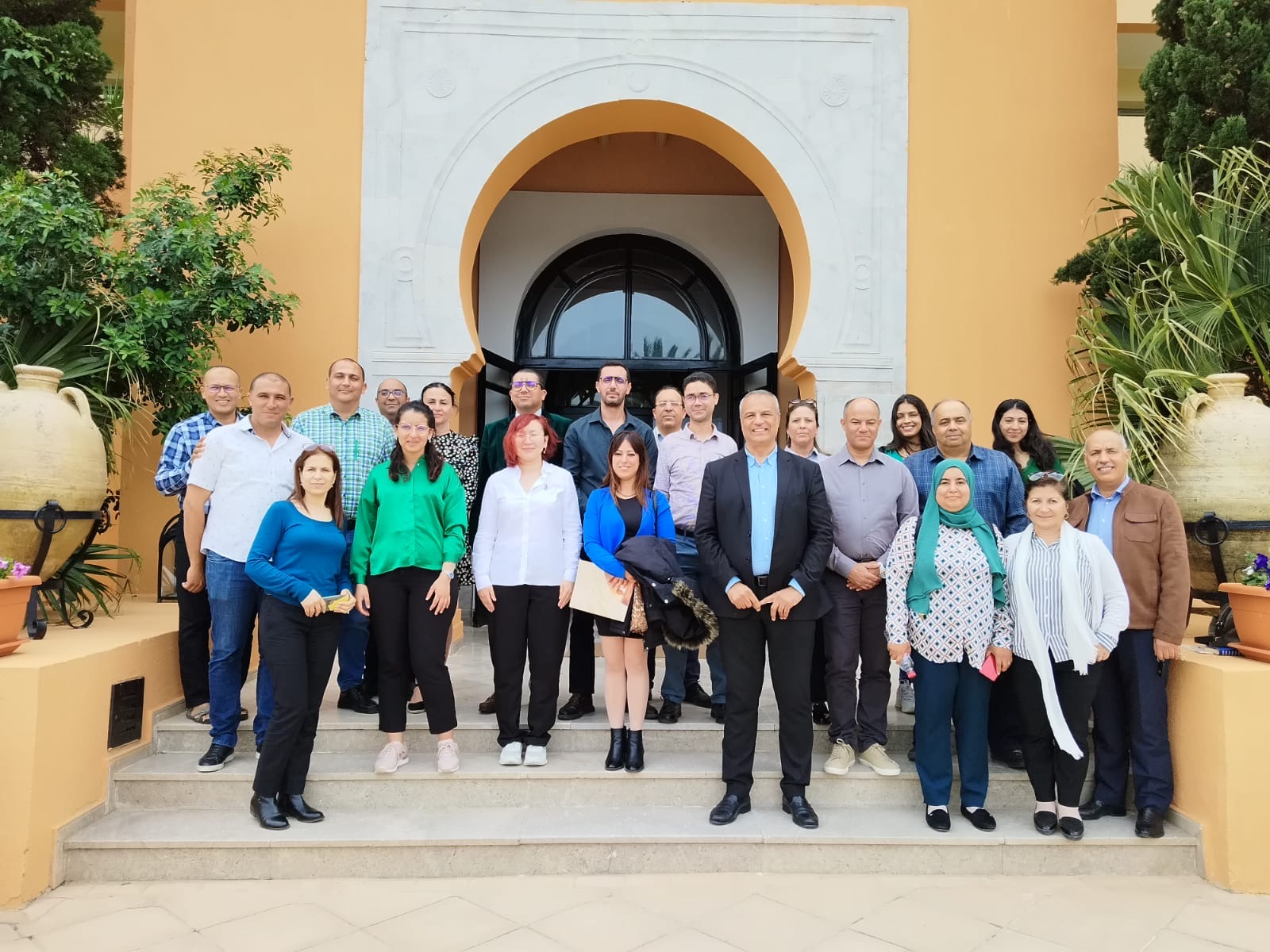Climate action that drastically cuts emissions is more needed than ever as countries everywhere are looking for the best climate policies to reach the global climate goals.
With an in-depth training session in the use of the Greenhouse gas Abatement Cost Model (GACMO), Tunisia now has a tool that allows to analyze and compare mitigation actions (before being carried out) in terms of their abatement costs and emissions reduction potential. GACMO can be used to prepare GHG emissions projections (until 2050) in the Business as Usual and in the mitigation scenario, allowing to estimate the impact of the mitigation actions on the GHG emissions pathway. GACMO can be used as a basis to develop climate policies and to identify NDC target level.
The implementation of the GACMO tool in Tunisia will enable the country to effectively calculate expected and achieved greenhouse gas emissions reductions, assisting in NDC tracking.
The scenarios derived from the GACMO tool can be used for the development of long-term climate strategies in Tunisia.
In May, experts from UNEP Copenhagen Climate Centre carried out a GACMO training session with representatives from the National Sanitation Utility of Tunisia (ONAS).
“I followed the GACMO training with great interest. It gave a good introduction to the technical aspects of the tool and the data needed. I’m happy to discover a new tool that I consider important for decision-making and planning future projects to reduce GHG emissions.” Bader Essaime Benletaief, Director at ONAS, said after the training.
The training session was carried out as part of the Initiative for Climate Action Transparency (ICAT) project, implemented in Tunisia by UNEP Copenhagen Climate Centre and ISPRA, the Italian Institute for Environmental Protection and Research.
Choosing the best policy with GACMO
GACMO helps to support countries or regions analyze their greenhouse gas mitigation options by calculating and visualizing their business-as-usual scenario and selected mitigation scenarios.
GACMO is an important tool, since it guarantees an approach based on transparency. GACMO will also enable us to choose the best scenarios and implement the right actions. The combination of different data will make it possible to draw up good public climate policies that can be monitored and adjusted when necessary,” said Walid Fekih, chief of division at ONAS.
GACMO has been developed through more than 20 years of research at UNEP Copenhagen Climate Centre to help countries calculate and track the emission reduction and estimated economic effects of about a hundred different climate mitigation actions across various energy sectors.
Making the best decisions in priority sectors
During the training, attendees were helped setting up a business-as-usual scenario specific for Tunisia, where different mitigation actions were added to see outcomes and adjust climate technology options.
In the ICAT project, Tunisia has prioritized strengthening the country’s system for measurement, reporting, and verification in the water sanitation sector and on NDC indicators and applying GACMO to calculate emissions in NDC priority sectors.
“I think GACMO is an extremely interesting tool. It will enable our country to analyze mitigation options in Tunisia and within the framework of our project in the sanitation sector. It’s a tool to help us make decisions and improve public climate policies,” said Hajer Gharbi, Deputy Director, Climate Change Unit at ONAS.
UNEP Copenhagen Climate Centre and ISPRA are continuing the work with Tunisian partners to ensure that the use of GACMO and other transparency-related actions help inform and shape climate policy for an increased positive impact.





